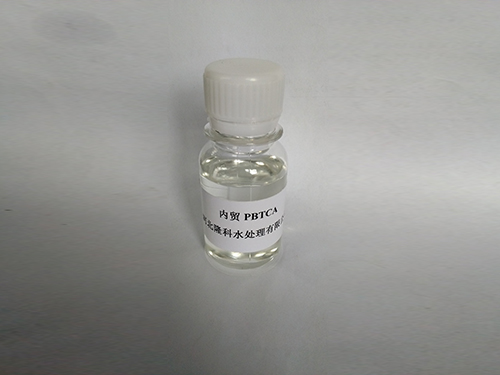Understanding Poly Aluminum Chloride and Its Applications in Water Treatment and Industry
Understanding Poly Aluminum Chloride An Overview
Poly Aluminum Chloride (PAC) is a widely used chemical compound that has gained significant importance in various industrial applications, particularly in water treatment processes. This coagulant is mainly employed in purifying drinking water and treating wastewater, contributing to enhanced water quality and safety. Its effectiveness, versatility, and economic advantages make PAC a preferred choice for many municipalities and industries globally.
Chemical Composition and Characteristics
PAC is a polymeric form of aluminum chloride characterized by its composition, which includes aluminum (Al), chlorine (Cl), and hydroxide ions (OH). The general formula for PAC is often expressed as Aln(OH)mCl3n-m, where 'n' represents the polymerization degree. This composition allows PAC to have a higher charge density compared to traditional aluminum salts, leading to improved coagulation properties.
One of the notable features of PAC is its solubility in water. It can be prepared in different molecular weights, which can be selected based on specific treatment requirements. Its stability in storage and broad pH range for application further enhance its practicality for users.
Applications in Water Treatment
The primary application of PAC is in water treatment, where it serves as a coagulating agent to remove suspended particles, colloids, and organic matter from water. When added to water, PAC neutralizes the charges of suspended particles, allowing them to agglomerate and form larger flocs. These flocs can then be easily removed through sedimentation or filtration, resulting in clearer and cleaner water.
PAC's efficiency in low temperatures and its effectiveness at a wide range of pH levels make it an attractive option compared to other coagulants such as alum
. Additionally, PAC produces less sludge, which is a significant consideration in wastewater treatment processes.Advantages Over Traditional Coagulants
what is poly aluminum chloride

1. Higher Efficiency PAC is known for its superior coagulation capabilities even at lower dosing levels. This results in a reduction in the quantity of the chemical required, lowering overall costs and minimizing environmental impact.
2. Reduced Sludge Production Due to its high efficiency, PAC generates less sludge compared to traditional coagulants like alum. This reduces the costs associated with sludge disposal and enhances the sustainability of the treatment process.
3. Versatility PAC can be used effectively in various water sources, including surface water, groundwater, and industrial effluents. Its applicability in diverse conditions makes it a valuable tool in many sectors.
4. Rapid Settling The flocs formed with PAC settle more quickly than those produced with other coagulants, which improves the efficiency of the treatment process and minimizes the time required for sedimentation.
Environmental Considerations
The use of PAC in water treatment has been found to have minimal negative environmental impacts when used appropriately. By reducing the amount of sludge produced and enhancing the removal of harmful contaminants, PAC contributes to cleaner water systems, ultimately benefiting public health and ecosystems.
Conclusion
Poly Aluminum Chloride has established itself as a crucial chemical in the field of water treatment due to its efficient coagulation properties, versatility, and environmental benefits. Its ability to produce cleaner water while minimizing sludge generation highlights the importance of PAC in supporting sustainable practices within the water industry. As technology advances and water quality regulations become increasingly stringent, the role of PAC in ensuring safe, clean water will undoubtedly remain significant. Understanding and leveraging the advantages of PAC can help industries and municipalities meet their water treatment challenges effectively.
-
Water Treatment with Flocculant Water TreatmentNewsJun.12,2025
-
Polymaleic AnhydrideNewsJun.12,2025
-
Polyaspartic AcidNewsJun.12,2025
-
Enhance Industrial Processes with IsothiazolinonesNewsJun.12,2025
-
Enhance Industrial Processes with PBTCA SolutionsNewsJun.12,2025
-
Dodecyldimethylbenzylammonium Chloride SolutionsNewsJun.12,2025





